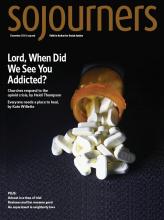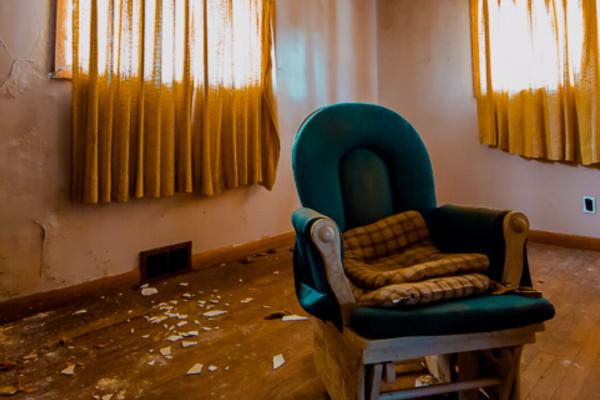OHIO'S OPIOD EPIDEMIC started a decade ago with the over-prescription of pain medicine and the arrival soon after of entrepreneurial heroin dealers. But in the Mahoning Valley, in Ohio’s northeast corner, you can trace the start of this crisis back even further, to an autumn day 40 years ago.
On Black Monday, Sept. 19, 1977, Youngstown Sheet and Tube, one of the area’s biggest steel mills, announced it was closing. The shutdown wasn’t a total shock; the steel industry had been in trouble for years. More than 4,000 workers lost their jobs that day. The closure started a chain reaction of mill and related business closings, unemployment, neighborhood collapse, and population decline that reverberates even today.
The mill closing, and all the losses that came after, had the effect of dropping an economic bomb on the region, breaking apart families, driving young people out of the area, skyrocketing poverty, and increasing demands on health and safety-net services. Like other Ohio cities with a manufacturing base, Youngstown and Warren, the valley’s largest cities, saw their jobs, businesses, and, finally, residents flee. My hometown of Warren lost a third of its population; Youngstown lost almost half.
The rubble left behind created ideal conditions for heroin’s demons to move in and take over. And they have, with a vengeance.
Read the Full Article

